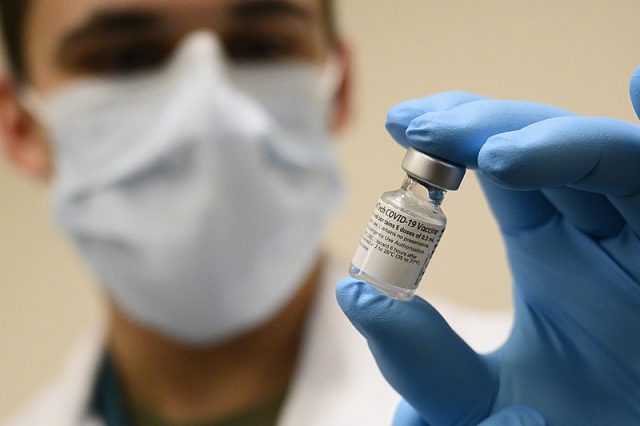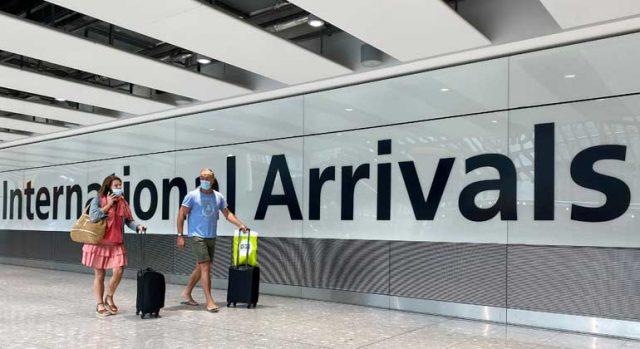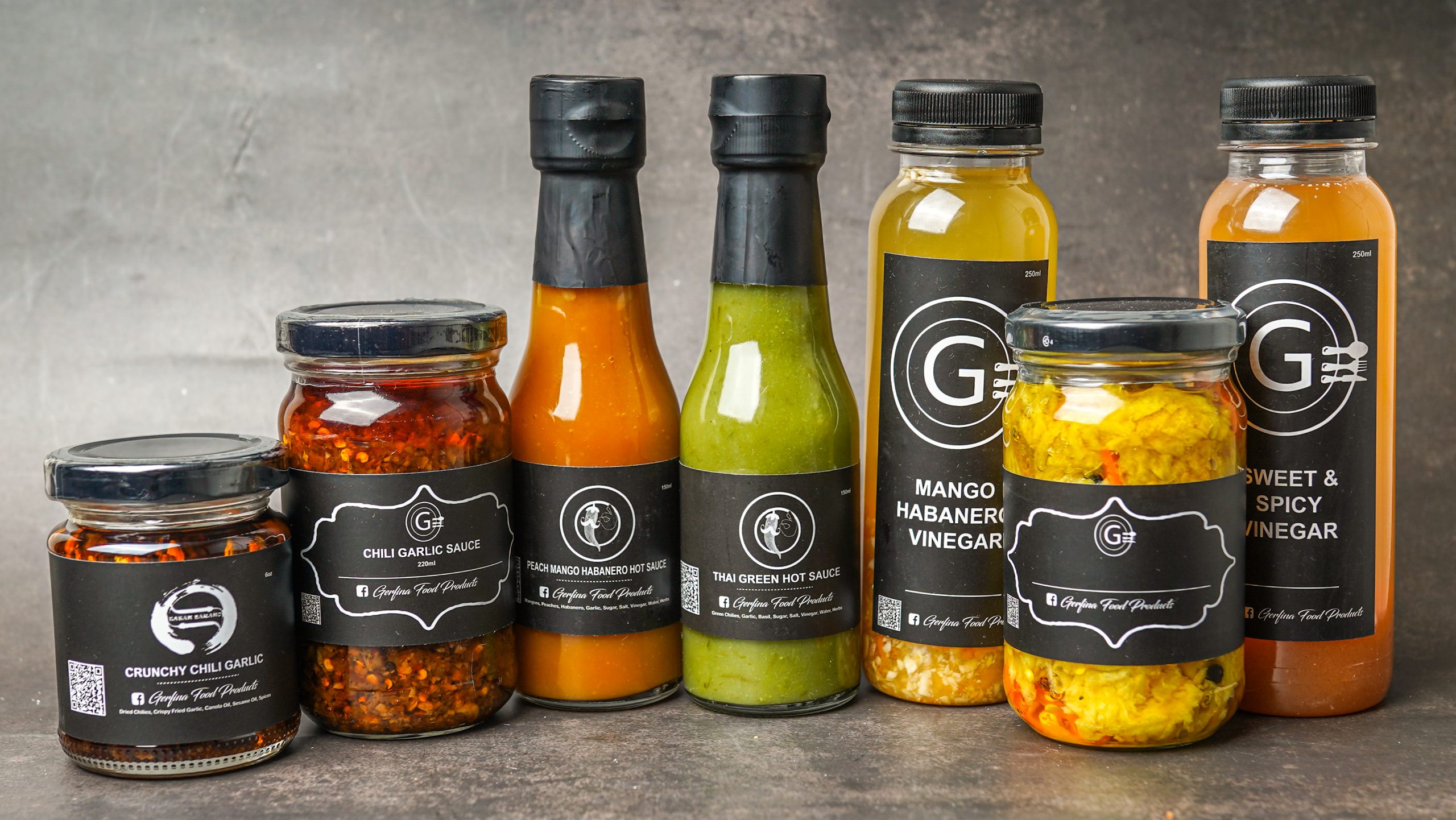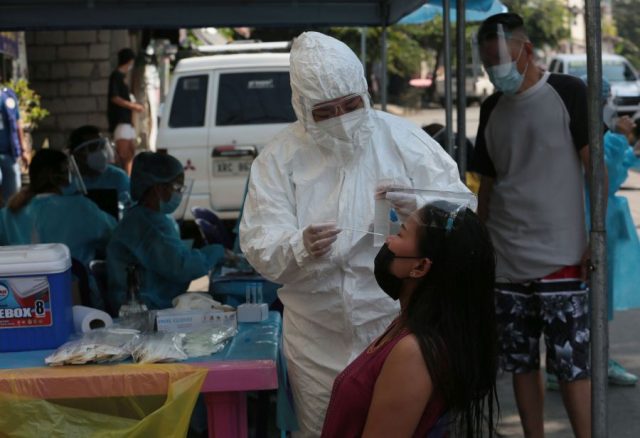HR departments lag in use of digital documents, says study
Human resources (HR) teams are falling behind when it comes to digitizing documents and using e-signatures, according to a July 2021 Asia Pacific (APAC) study conducted by Forrester Consulting on behalf of Adobe, a software company that provides PDF (portable document format) solutions, among other things.
“The recruitment and onboarding processes are highly digitized… but when it comes to daily tasks, digitization drops off,” said Sam Higgins, principal analyst of Forrester, in a July 8 webinar discussing the results of the study. Aside from impeding employee experience, paper-based document processes also impede business agility.
As of 2021, 12% of APAC companies have fully digitized their document processes, up from 2% in 2020.
According to the Forrester study, 64% of APAC sales professionals face inefficiencies from having to manually add information to documents that already exist in their systems, with 58% having to regularly rework these documents due to errors from manually transferring data.
Organizations should adopt a “journey mindset” when digitizing document processes, said Mr. Higgins, referring to digitization throughout business systems instead of focusing on individual points of interaction.
The study found that organizations that adopt this mindset and integrate digital document capabilities have a sales contract signing periods of up to 2.4 times faster. One in four also reported an increase in customer satisfaction from using digital document solutions.
The study also found that digitization accelerated the realization of work-from-anywhere, with 51% of APAC organizations finding that digitizing documents improved collaboration in a hybrid working environment. Thirty-two percent also said it increased the employee engagement rate.
“Automation frees people up [and] bumps up employee engagement, said Mr. Higgins.
In the Philippines, the use of digital technologies is constrained by the country’s low high-speed broadband penetration. A September 2020 report by the World Bank noted that nearly 60% of households do not have access to the Internet, and are thus unable to reap the benefits of digitization.
NO PRINTING NEEDED
MTR Corporate Limited, Hong Kong’s mass transit railway operator since 1979, adopted a digital document solution this February. For recruitment purposes, its HR department uses Adobe Document Cloud (Adobe DC), which integrates PDF technology (Adobe Acrobat) and a signature solution (Adobe e-Sign).
Among the solution’s key benefits, said Dr. Ted Suen, MTR’s chief information officer, are the management of multiple candidates through online appointments, and signed approvals that are returned within hours. The solution was also aligned with green initiatives as no printing is involved.
“A lesson we learned is that you have to work with your legal adviser on what types of documents can be used for e-signatures,” added Dr. Suen. “You also have to enable a flexible recruitment process in applicable scenarios [that call for] a mix of e-signed and signed documents.”
MTR also plans to digitize its tendering process, as well as the acceptance process of construction work.
To start the digital document process, Mr. Higgins suggested looking in high volume areas first. “Recruitment, HR, or sales, these are what people tackle first,” he said. “Anywhere you can improve customer and employee experience.”
Forrester conducted an online survey in May 2021 with 600 APAC business decision-makers in human resources, sales, and legal departments with responsibility for digital document processing at their organization. — Patricia B. Mirasol















